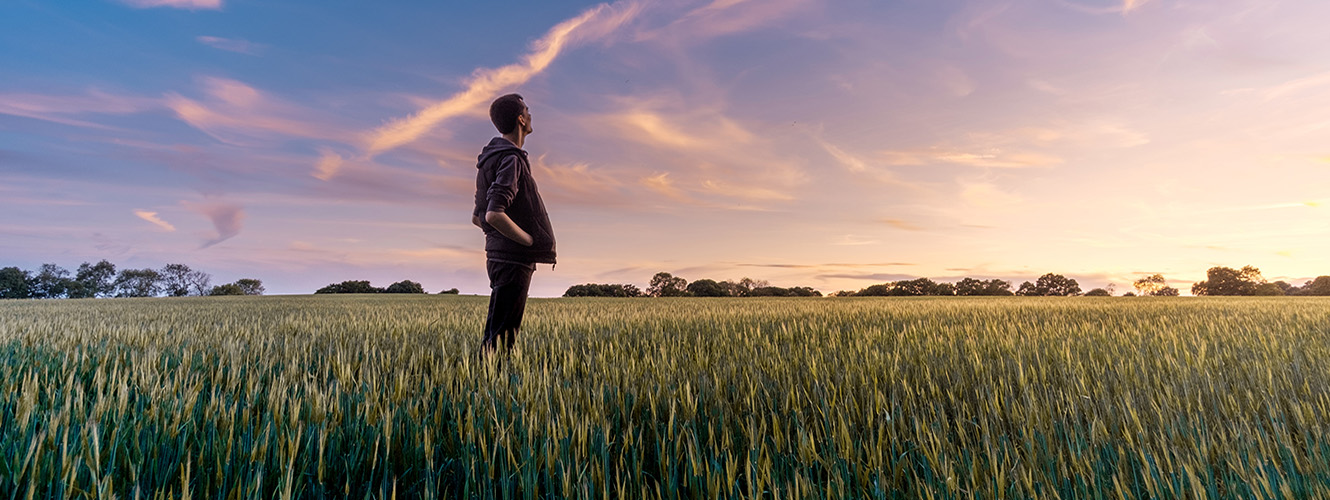
Following the recent announcement from the Department for Environment, Food and Rural Affairs (DEFRA) about their Sustainable Farming Incentive (SFI) offer for 2023. They have introduced six new standards, three more than originally planned, from summer 2023, farmers will be able to apply for funding under SFI towards nutrient management, integrated pest management, hedgerows, arable and horticultural land, improved grassland and low or no input grassland.
DEFRA are keen to make sure that its offer is wide-ranging which will help them achieve ambitions for food production the environment and climate. Those already with an SFI agreement will also be able to add these new standards and add more land. Monies received will help farmers to reduce their costs, improve their efficiency and improve the natural environment.
DEFRA is also offering SFI-funded vet-led annual health and welfare reviews to a small number of farmers. There are plans to make this offer more widely available and plans to add animal welfare grants to their package of support in early February.
Countryside Stewardship Capital Grants also re-opened in January, and DEFRA has recently amended the date from when the new capital payment rates for Country Stewardship (CS) apply from 5th to 1st January 2023. Agreements starting on or after 1st January 2023 are now eligible for the new revised higher capital payment rates. This means those whose agreements started from 1st January 2023 will receive the new capital rates (increases but no reductions) these include CS Higher Tier and Mid-Tier with capital grants, CS Capital-only agreements, and SFI Pilot capital grants.
One point which has been mentioned is the £20,000 per group ceiling in CS Capital Standalone agreements. This has remained unchanged even though rates have increased and in the case of new hedges, doubled. DEFRA has stated that this is under consideration along with how the new rates interact with Farming in Protected Landscapes (FiPL) agreements as these use CS payment rates. An announcement on these is expected shortly.
The main changes in the recent announcements include:
- Capital-only Agreements increased to 3 years – all agreements starting on or after 1 January 2023 will have 3 years (previously 2 years) to complete the agreed works.
- New CS Higher Tier Capital Grants – to be used in the most environmentally significant sites and woodlands without the need for a CS Higher Tier agreement. 20 capital items are available under this new tier. Click here for further information.
- New Natural Flood Management theme – this offers 3 capital items and increases the maximum limit for a single capital-only application to £80,000, with a limit of £20,000 for each group:
- Boundaries, trees, and orchards
- Water quality
- Air quality
- Natural flood management (new for 2023) – equipment to disrupt tramlines and leaky wooden dams
- Updated payment rates – many capital grants have been increased for agreements commencing from 1 January 2023, eg, Hedgerow planting is now £22.97 per metre (previously £11.60 per metre) and Hedgerow laying is £13.52 per metre (previously £9.40 per metre). There are, however, a few which have declined, and some have remained the same. DEFRA say, on average, the rates have increased by 48%. The new rates can be found here.
- Land in an SSSI now eligible – previously not eligible, but land located in an SSSI is now eligible for capital works if the land is already in an existing Countryside Stewardship or Environmental Stewardship agreement.
- Proportionate reductions on late claims – reductions will be scaled back depending on how late a claim is. Currently, if a claim is one day late, a 100% reduction is applied.
- Catchment Sensitive Farming (CSF) – capital items which require support from CSF are now available in High, Medium or Low Priority Areas for Water and Air quality.
- Public Access and Educational Visits – the eligibility of some items has been expanded to encourage public access and enhanced educational visits to woodland.
Applications to Countryside Stewardship Capital Grants and Countryside Stewardship Higher Tier Capital Grants can be made all year round. Full guidance can be found here.
DEFRA also confirmed the intention for Countryside Stewardship to be enhanced instead of the introduction of the planned ‘Local Nature Recovery Scheme’ which was to be the middle tier of ELMS (Environmental Land Management Scheme). Around 30 additional options will be offered to farmers under ‘Countryside Stewardship Plus’ by the end of 2024, with the further ambition that the application and claim process will be simplified.
The application window for Higher Tier Countryside Stewardship schemes opens in February, and for Mid-tier in March.
Our Agribusiness team, which operates across our 28 offices in the UK, can use our extensive experience to advise you on the options that could be best to meet your business objectives and integrate them into a plan for consideration. We can then assist you in putting together and submitting the grant application as well as implementing it into your business.
And if larger projects that are being submitted require planning permission, our planning team will be able to help you through the process.
It is crucial that farmers or foresters looking to apply get informed advice from the start to increase their chances of success, so we would encourage anyone interested to get in touch.
You can find more information about environmental land management schemes here.





